Literacy Blog - St Oliver's Primary School
Main menu
- Home
- About Us
-
Parents
- Junior Infants Virtual Tour
- Covid 19 Return to School
- School Re-opening Roadmap
- Covid 19 Important Information
- Parenting Advice on COVID 19
- Activities for Children
- Booklists
- 6th Class Transition to Post Primary
- St Peter's Parish News
- Enrolment
- Secondary School Enrolment
- Parents Association
- School Financial Report
- School Calendar
- School Planner
- School Bus Transport
- Passport Forms
- School Uniform
- School News
- School Activities
- Curriculum Links and Tips
- Afterschools Clubs
- Active Schools
- Blog Pages
- School Gallery
- Contact Us
Literacy Blog
Literacy Blog
Take a look at these websites and apps that may be of use to both children and parents.
Useful Websites
www.sightwords.com
Kids Search Engine: http://www.kidrex.org
https://www.dkfindout.com/uk/
https://www.booktrust.org.uk/
https://www.oxfordowl.co.uk/for-
https://www.literacyshed.com/
http://www.readwritethink.org/files/resources/interactives/cube_creator/
https://www.scoilnet.ie/post-
www.helpmykidslearn.ie
www.dyslexia.ie
www.abcteach.com
ie.ixl.com
www.starfall.com
Useful Apps
Toontastic
Talking Books
Read Me Stories Sock Puppets
SightWords
Story Kit History books
Storyrobe
Fotobabble 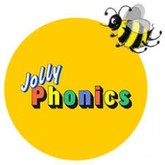
We predominantly focus on the Jolly Phonic programme in the Infant classes. It is a fun and child centred approach to the development of phonics. A focus is placed on auditory discrimination, phonemic awareness, phonics, rhyme and syllabication.
How to help your Infant child at home.
Do activities to help your child build sound skills (make sure they are short and fun; avoid allowing your child to get frustrated):
Help your child think of a number of words that start or end with the /m/ or /ch/ sound, or other sounds.
Make up silly sentences with words that begin with the same sound, such as "Nobody was nice to Nancy's neighbour"
Play simple rhyming or blending games with your child, such as taking turns coming up with words that rhyme (go – no) or blending simple words (/d/, /o/, /g/ = dog).
Read books with rhymes. Teach your child rhymes, short poems, and songs.
Consider using apps that focuses on developing phonological and phonemic awareness skills. The colourful graphics and animation keep young children engaged.
Here are some helpful apps:
Hearbuilder Phonological Awareness
Partners in Rhyme – Rhyming for Phonemic Awareness
Find the Rhyme
What’s Changed? Skill Builder
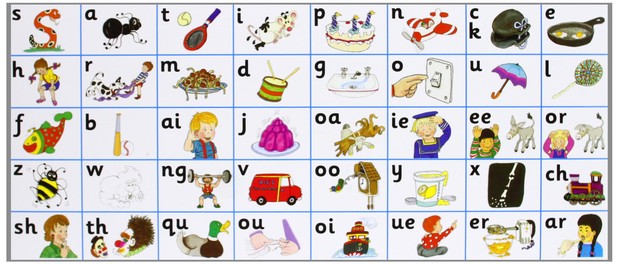
1st to 6th Class
Children continue to use the Jolly Phonic/ Jolly Grammar Programme which is also supplemented by Just Phonics, PAT word families, suffixes, prefixes, syllabication, silent letters etc.
As of September 2017, all Junior Infants learn to form letters using cursive script. Outlined below are the key benefits of learning to write using cursive script.
Relative ease in introducing cursive penmanship to infants.
Prevents reversals and confusion of letters, such as b and d.
Enhances spelling ability. In cursive, children learn to spell with greater accuracy since hand movements create some muscle memory that retains the spelling patterns.
Develops internal control systems that can be used as a tool for learning. Fluent movement is developed. With cursive writing practice, the neuron connections in the brain, responsible for organising other kinds of information and skills, are greatly strengthened.
Potential for errors are diminished. Cursive handwriting reduces errors because of the continuous flow of writing. In print, the child picks up the pencil from the paper to start a new letter in a word, thus the potential for mistakes is higher.
Improved reading skills. The goal in reading is to read words instead of letters at a time. Cursive writing promotes reading words, instead of a distinct letter. After words, reading will move to sentences. The child reads what he or she writes as "whole words" rather than as individual letters.
Prevents erratic spaces between letters and words.
Helps Left Handed Children. In print, the left-
Use as a tool to put thoughts on paper quickly and easily.
aA bB cC dD eE fF gG hH iI jJ kK lL mM nN oO pP qQ rR sS tT uU vV wW xX yY zZ
The school’s structured phonics programme will help children learn spelling. However, phonics alone cannot be used to teach spelling and a consistent multi-
On a daily basis, teachers will utilise the Brendan Culligan corewords and choose words from their own observations to generate dictation sentences. A focus will be placed on observing words in words, word shape, rhyme, picture cues, word strings etc.
The children will choose 1 spelling to focus on that night for homework using LSCWC approach. We no longer have formal ‘Friday Tests.’ The children may revise dictated sentences on a Friday, but without the pressure of a test.
Picture Cues
w+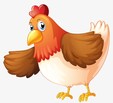 =when
=when
Words in Words
together together
Word Endings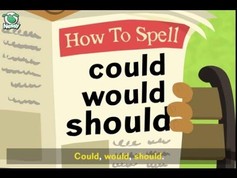
Mnemonic Spelling 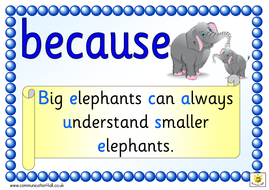
Reading Fluency and Comprehension
Comprehension
At St. Oliver’s, we follow the Building Bridges of Understanding comprehension scheme and methodologies to develop the children’s comprehension skills.
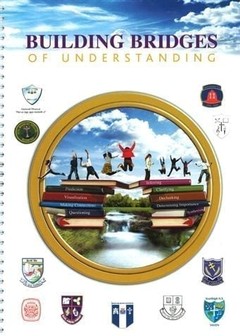
Reading
We are fortunate to have a vast supply of texts to support the children’s literacy development. The children are exposed to both fiction and non-
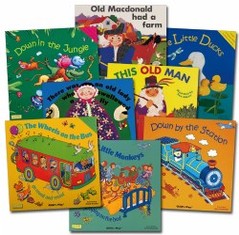
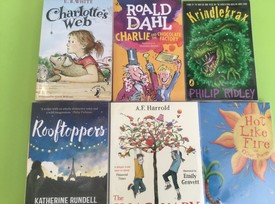
Sample of Big Books Sample of Class Novels Sample of Key Links Texts
Reading with Your Child

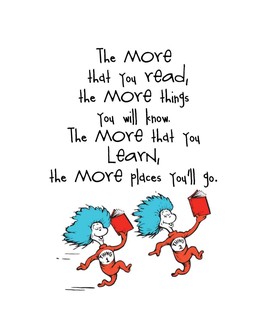

Read for 10 minutes a day.
Find a suitable time and place, a time that works for you e.g. after dinner or at bedtime; a comfortable quiet place if possible.
Reading at Home Tips
1. Find a quiet comfortable corner with no distractions-
2. Show a positive attitude towards books and reading.
3. Take an interest in different children’s authors.
4. Read to or with your child everyday, at a set time if possible. Enrol and encourage your child to visit the local library once a week...
5. Read some of the books your child enjoys so you can discuss them with him/her. Recognise and praise your child’s efforts in reading.
6. Encourage your child to read articles / headlines in newspapers, magazines or in digital media-
7. Encourage your child to read to younger brothers/ sisters.
8. Allow your child to choose his /her own reading material. Find the right level book for your child, too easy will bore them and too difficult will discourage them. Use the five finger rule-
9. Encourage your child to predict what will happen next in the text.
10. Encourage your child to read for information – timetables / weather forecasts / menus.
Paired or Shared Reading with your Child
If your child lacks confidence to read alone, try paired reading. There are different types of paired reading try them all to see which works for you and your child.
Assisted reading: Read a part of the text and the child takes over at an agreed point-
Chorus reading: Parent and child read aloud together. Listen carefully so you know that your child is able to read with you most of the time.
ECHO reading: You read the sentence and then you and the child read the sentence together. Finally, the child reads the sentence alone. This is useful if your child is experiencing significant difficulties.
If a child is reading without expression, try asking them to read the same paragraph again but with feeling. Reading and acting out lines is a great way to build fluency. This can be great fun if you really exaggerate and use different accents.
Fiction Text Non-
Who was the main character?
What was the setting?
What was the problem in the story?
How was the problem resolved?
What do you predict will happen next?
Why do you think the author chose this title for the story?
Can you think of a different title for the story?
What was your favourite part of the story? Why? What is the main idea of the text?
What did you learn from reading the text?
Are there any words you did not know the meaning of?
What are some new words that you learned?
Where could you find more information on this topic?
Did you like this text? Why/ Why Not?
These are the TOP Ten Tips for Parents/ Guardians for Developing Oral Language with
your child as supplied by the Professional Development Service for Teachers (PDST)
Infants -
Listen to what your child is saying/trying to say and respond to contributions
Make and maintain eye contact while talking with your child
Explain the meaning of words
Talk through activities
Talk through everyday experiences
Involve your child in discussions/plans
Ask/ Answer questions
Teach your child nursery rhymes/songs/poems/raps
Develop your child's receptive language by asking him/her to follow simple instructions
Assist your child to express ideas in an orderly fluent way
Read to your child each night
2nd -
Set aside 10 -
Encourage your child to express and justify opinions
Involve your child in adult conversation when appropriate
Talk about the child's favourite T.V programme
Play language games which focus on words i.e. Scrabble, Crosswords
Encourage your child to talk about experiences with a wide range of people.
Listen carefully and clarify meaning: "Do you mean/or is this what you mean?"
Encourage your child to listen courteously to the opinions of others
Talk about school topics and assignments
5th and 6th Class
Discuss your child's school work successes/concerns/interests
Respect your child's opinions and feelings
Involve your child in adult conversation, when appropriate
Help your child to extend his range of words in specialised subjects
Encourage your child to listen and respond courteously to others
Watch and discuss T.V. news/current affairs programmes together
Assist your child to locate information in local library, internet
Talk about school topics and assignments
Play commercial games that focus on word building
How to Extend your Child’s Vocabulary
Let your child tell the story.
Converse regularly.
Play together: Play word games such as Scrabble, word searches, crosswords, word stack, Boggle, Pictionary etc.
Label household items.
Be patient. Keep it fun!
Read together. A broad range of texts fiction, non-
Write for pleasure!
Create a word wall at home with new vocabulary.
Show older children how to use a thesaurus.
Correct mistakes with care: If you’re child makes a grammar error when they are speaking, it is not necessary to correct them. However, you can parrot what they have said and expose them to the correct sentence structure.
For Example. Child: “I goed to the shop with Granny.”
Parent: “Oh, you went to the shop with Granny.
What did you buy?”